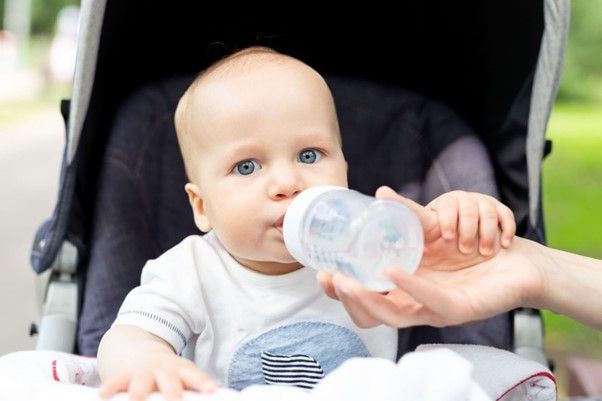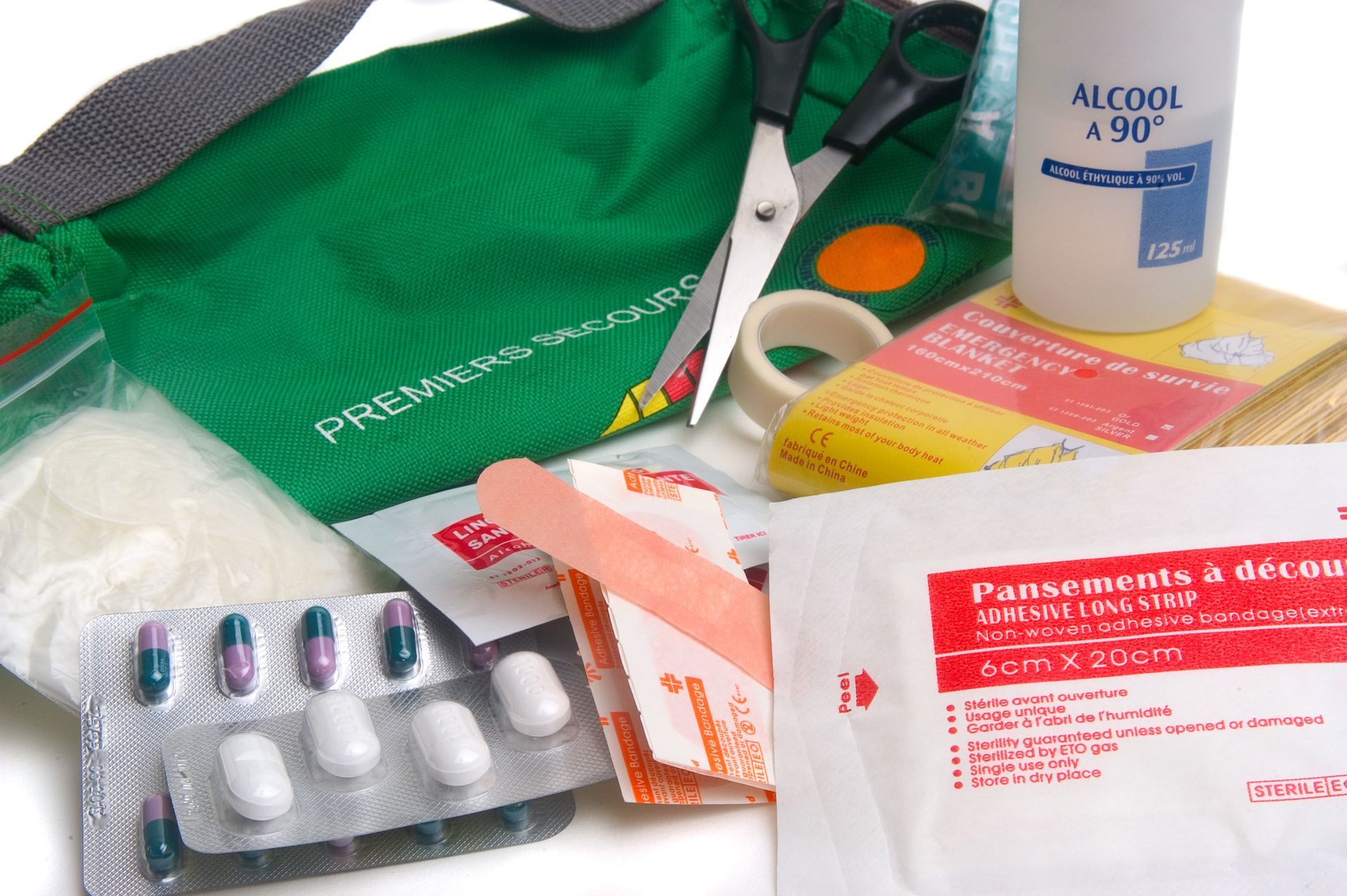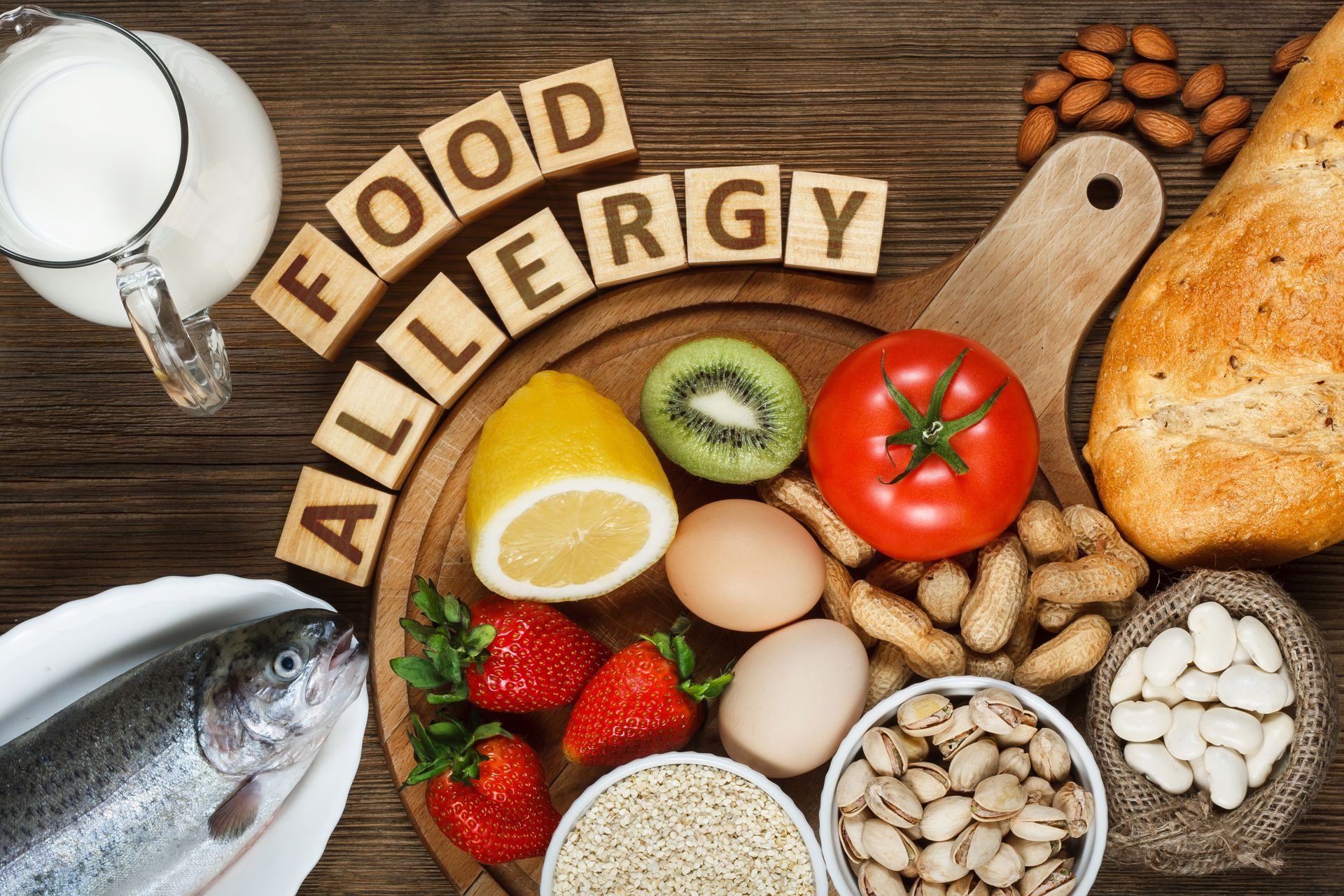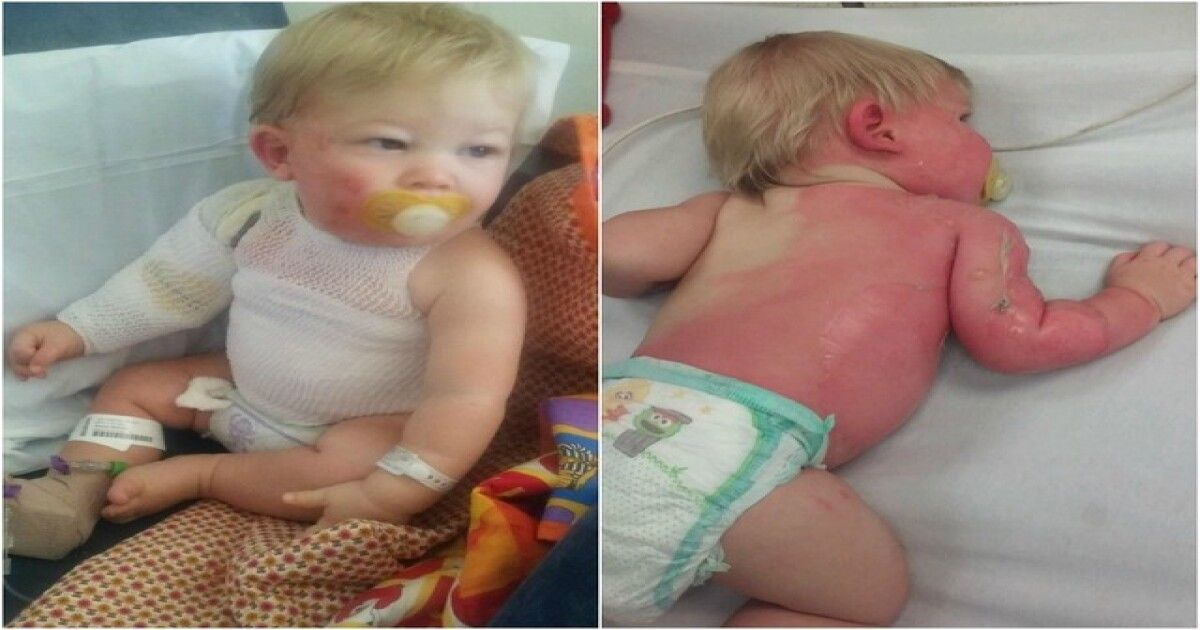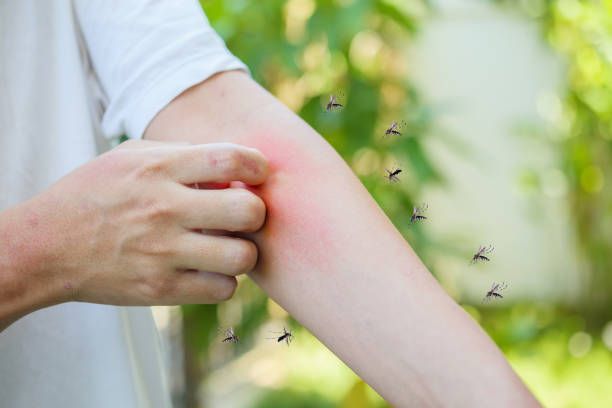WATER SAFETY AND HOW TO MANAGE AN EMERGENCY
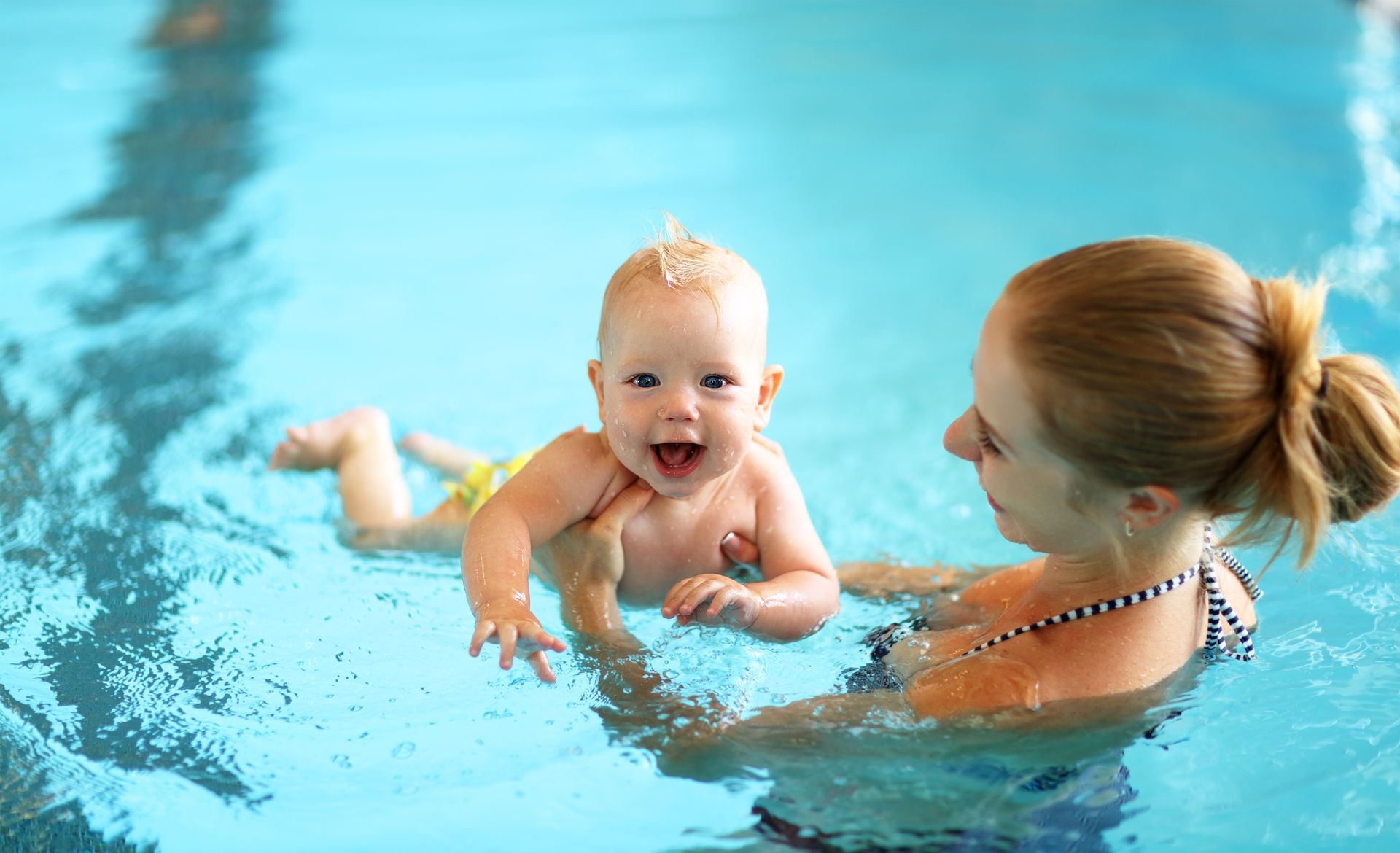
Did you know that 10 children under five drown in Queensland each year? It's the top cause of death for young children. This is a high rate. Let's talk about water safety for children in north Queensland. Also, let's talk about how to handle an emergency.
North Queensland is the perfect place to spend time around water in the warmer climate. People have fun in the backyard pool, public pool, the beach, or freshwater holes. Drowning also happens in private lakes, rivers, and dams. It also happens in baths and buckets in and near the home. Children love water. Babies and toddlers are top heavy. This puts them at higher risk of drowning. If a baby falls into shallow water, the can’t always lift themselves out. Drowning is quick, silent, and deadly and it only takes 20 seconds and a few centimetres of water.
The top rule is constant supervision. You must never take your eyes off children, even if they can swim. Keep your child in arm’s reach. Avoid distractions like answering your phone or the door. Do not leave older children under the age of 16 to supervise the younger ones. When at the beach, make sure there is always an adult supervising children.
Swimming lessons are invaluable and highly recommended for all children. Not only does it keep a child’s heart and lungs healthy, it improves strength and flexibility. Lessons and discussion on water safety build confidence and familiarity. They set rules in many places.
Restrict access to water by fencing pools and using safety barriers. Also, make sure pool gates are locked. Regularly check that the safety latch works well. Empty bathtubs, buckets, and wading pools immediately after use. When at the beach, read safety signs and swim between the flags. Teach your child when going to a dam, river, or creek that an adult must be with them at all times.
Attending a first aid course and learning CPR is the only way to know what to do. You need this knowledge for managing an emergency around water. CPR helps keep the blood circulating and delivers oxygen to the body until help arrives. It’s a good idea to update first aid skills every three years and also update your CPR each year.
The acronym DRSABCD outlines the essential action plan.
D is for Danger – Do not put yourself in danger when trying to rescue a child. If more victims are added, first aid becomes unmanageable.
R is for Response – Look for a response in the child. Call the child’s name, rub their hand, or give their shoulder a squeeze.
S is for Send for help – Call 000, stay with the child and shout to alert anyone nearby. Put your smartphone on loudspeaker. Listen to instructions from the communications centre. They will stay with you until help arrives.
A is for Airway – Check the airway by opening their mouth and clearing any debris using your fingers.
B is for Breathing. Look for the rise and fall of the chest. Listen at the mouth for normal breathing sounds and feel for air against your cheek. Do this for 10 seconds and if the child is breathing, place them in the recovery position.
C is for Compressions – Start chest compressions if the child is still not breathing. Place the child on their back and kneel beside them. 30 compressions followed by 2 breaths at the rate of 100-120 compressions per minute. Breaths are optional. Press down firmly to about a third the depth of the chest – 4cms for infants. Continue until the Queensland Ambulance Service arrives.
D is for Defibrillation - A defibrillator or AED (automated external defibrillator) is the next step if the child is still unconscious and not breathing. Normally not in the home. But, these devices are in many public areas. And, they are easy enough for a child to use. When the ambulance arrives, a Paramedic will attach pads to the child immediately.
These instructions are no substitute for a CPR course. Contact a service provider.
An excellent website for water safety in Queensland is the Laurie Lawrence campaign ‘Kids Alive.’ The website has a Kids Channel, a Parents Library, and a Teacher Hub. You can find them at https://kidsalive.com.au
Disclaimer: The health information provided is for informational purposes only and is not intended to be a substitute for professional medical advice, diagnosis, or treatment. Always seek the advice of a qualified healthcare provider with any questions you may have regarding a medical condition.

Baby First Aid QLD is a business for good that is on a mission to ensure all parents and carers have access to quality skills in first aid to apply if their child is sick, injured or in an emergency situation.
We provide our courses across Queensland, so would respectfully like to acknowledge the traditional owners of our land, past, present and emerging. We are committed to learning and understanding the truth of our First Nations people and sharing this truth. We would like to acknowledge the traditional owners of the land that we work, play and care for our families on.
Baby First Aid QLD would also like to extend our respect to the LBGTQIA+ community and show our commitment to being an inclusive enterprise. We stand by strong principles and take pride in living by these.
The creation of this website was made possible through grant funding from the Queensland Government via the Social Enterprise Grant from the Department of Education, Small Business and Training (DESBT).
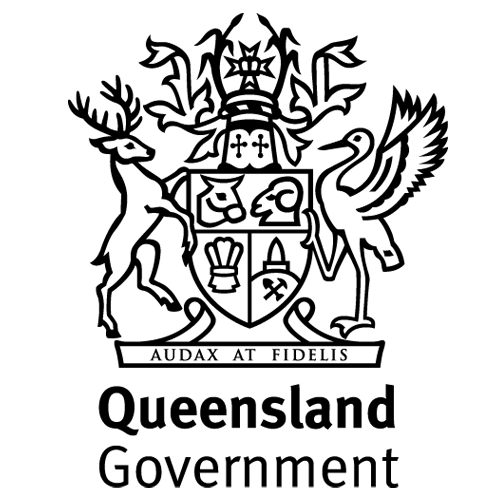
Website Disclaimer
The information provided by Baby First Aid Qld is for general informational purposes only. All information on the Site is provided in good faith, however we make no representation or warranty of any kind, express or implied, regarding the accuracy, adequacy, validity, reliability, availability or completeness of any information on the Site. Under no circumstance shall we have any liability to you for any loss or damage of any kind incurred as a result of the use of the Site or reliance on any information provided on the Site. Your use of the Site and your reliance on any information on the Site is solely at your own risk.

